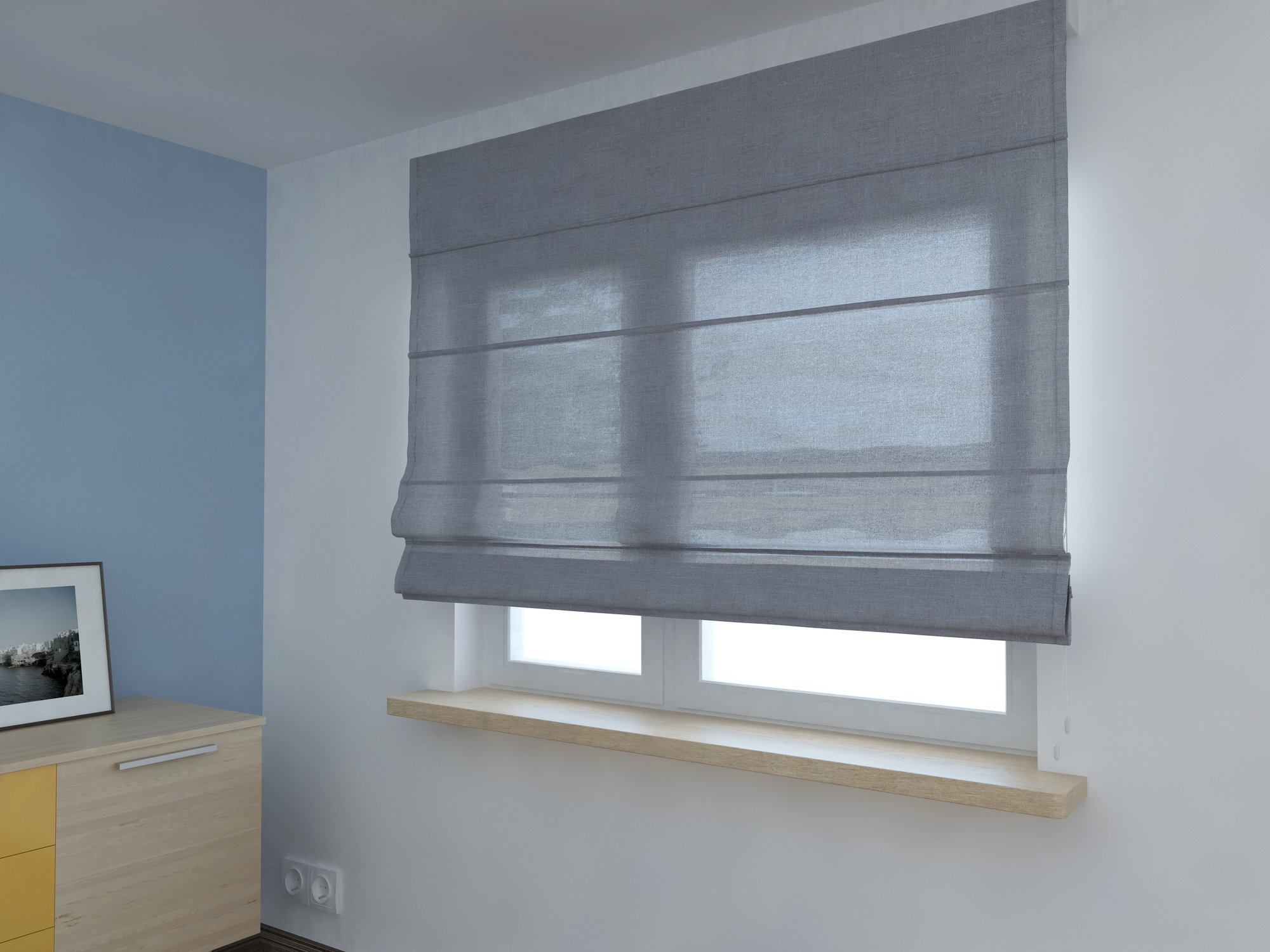Did you know mold can form in a home 24-48 hours after water damage? Unfortunately, mold is one of the most dangerous hazards that can affect a home.
While you can’t always control the factors that cause mold to form, there are plenty of steps you can take to get rid of it and prevent it from coming back. In this short guide, we’ll provide 7 useful tips on how to remove mold for good.
1) Check for Leaks in Your Plumbing
One of the first mold removal tips that anyone will tell you is to check your home for leaks. Mold can only form where moisture is present.
Plumbing leaks can spell disaster for your home. Water travels the path of least resistance, so any leaks will find a way to spread throughout your house.
If a leaky pipe is causing water to pool in your walls, behind a sink, or anywhere else in your home – mold is likely to appear. It never hurts to check your plumbing or hire an expert to take a look.
Not only does this tip stop mold before it gets worse, but it also saves you money in the long run. Your water bills won’t go up either.
2) Prevent Outdoor Leaks
While plumbing leaks can certainly cause issues for your home, outdoor leaks can be just as detrimental. Make sure to regularly check outdoor gutters and drainage pipes.
If your home has a crawl space, you might also check under there, as the environment tends to be cool, moist, and dark. Also, be sure to check for mold in your HVAC system which can spread mold spores through your home if ignored.
Since rain and humidity bring tons of moisture to the outside of your home, it’s important to stay on top of potential leaks. Don’t let outdoor mold have a chance to get inside.
3) Make Household Mold Spray
Most mold can be removed with a few easily-accessible household items. For instance, mixing one cup of bleach with one gallon of water creates a simple cleaning solution that can be used on tile and other hard surfaces.
Another option includes using undiluted white vinegar on hard surfaces. Simply spray and rinse as you go.
Keep in mind, sprays and cleaning solutions won’t really work on porous surfaces. Make sure to use them only on hard surfaces commonly found in kitchens and bathrooms.
Make sure to wear rubber gloves when creating or using cleaning solutions. Not only will this protect you from the chemicals, but it will also protect you from contact with the mold itself.
4) Use A Store-Bought Mildew Remover
If you don’t want to go through the hassle of making your own cleaner, there are plenty of brands designed for mold removal. Just like using homemade cleaners, makes sure to wear protective gear when using store-bought chemical cleaners. Only use them on hard surfaces, too.
Make sure to check the specifics of the brand you choose. Some are made only for outdoor use, while others have special instructions regarding the cleaning process.
Regardless, there are plenty of options on the market. Whether you want an ultra-strength cleaner or a simple cleaner with natural ingredients, a store-bought cleaner can aid in mold removal.
5) Hire A Professional Mold Expert
Some molds are especially hard to remove. Usually, this is because water has soaked into porous surfaces around a home and the mold is growing behind walls or under the floor.
Anything that can absorb water is considered a porous surface. Examples of porous surfaces around a home include:
- carpet
- untreated wood
- cardboard
- curtains or drapes
Contacting mold remediation experts is the safest way to deal with mold in these areas. They can remove and restore problematic areas around your home in a safe way – saving you time and health. Plus, an expert can offer invaluable mold removal advice so you can stay protected in the future.
6) Replace Ductwork
Condensation can form rapidly in faulty ductwork. As condensation spreads throughout your air system, mold begins to form.
Even worse, mold spores get blown to all areas in your house. This increases the chances of allergic reactions, lung issues, and mold growth in other areas of the home.
If you have problematic ductwork in your home, getting it replaced immediately can save you from a mold infestation. Plus, your energy bills will benefit from clean ducts.
7) Replace Areas With Mold Resistant Materials
If push comes to shove, the only option for a mold-infested area might be to replace it entirely. If whole sections of a wall, floor, or ceiling need to be removed, consider using mold-resistant building materials to keep mold at bay next time.
There are a few materials that contractors may use. These include but are not limited to:
- paperless drywall
- pressure-treated wood
- antimicrobial sealer
- fiberglass insulation
Hiring a professional for this job is recommended. Not only can they install everything properly, but they will have expert knowledge on how these materials work so that you can feel informed and prepared about your purchase.
Now You Know How to Remove Mold
Mold can be an extremely costly hazard in anyone’s home. It raises energy bills, causes health issues, and can destroy sections of your home.
Don’t ignore signs of mold. Hopefully, this mold removal guide has taught you a little more about how to remove mold effectively. Keep your home safe, your family healthy, and your bills under control with these tips.



